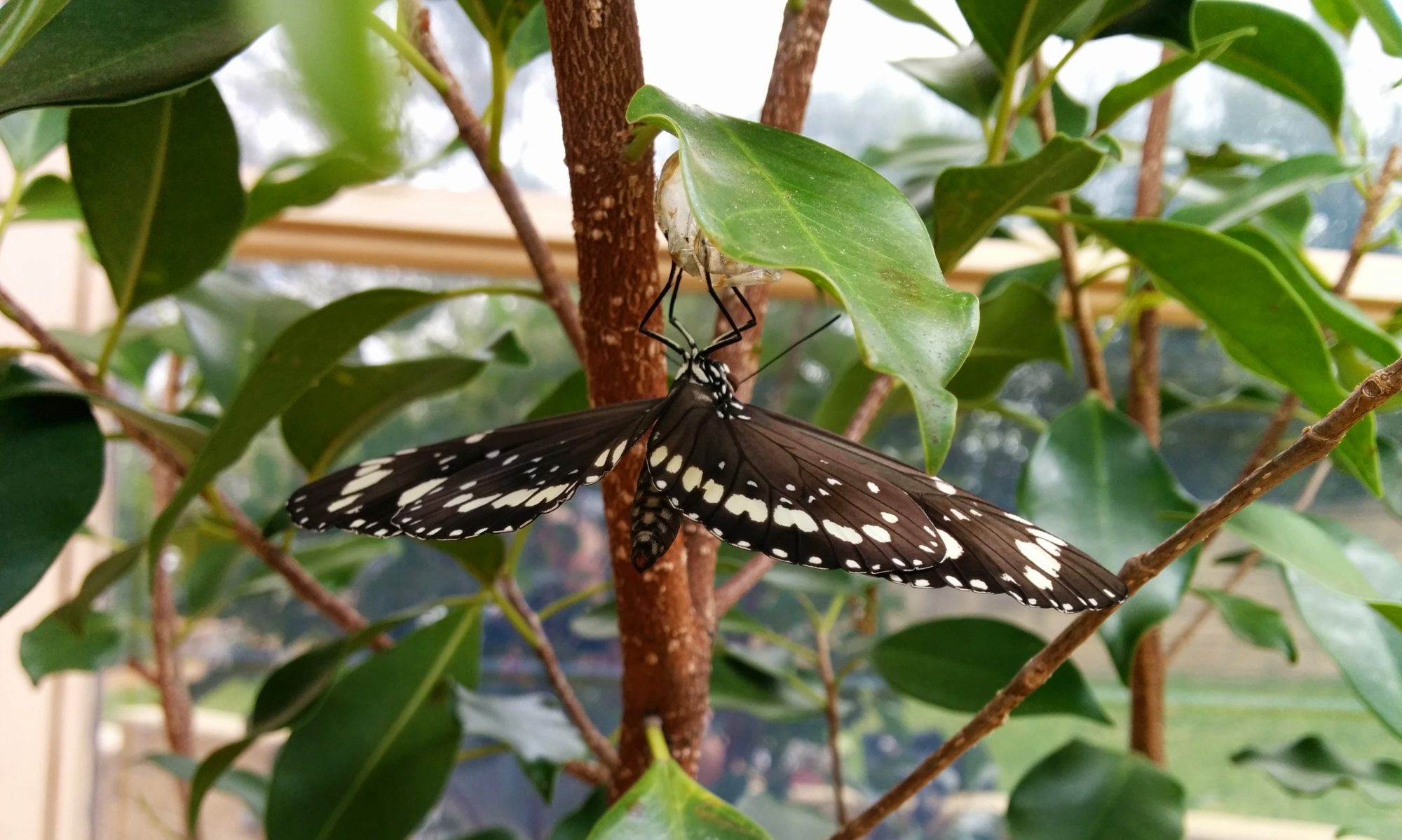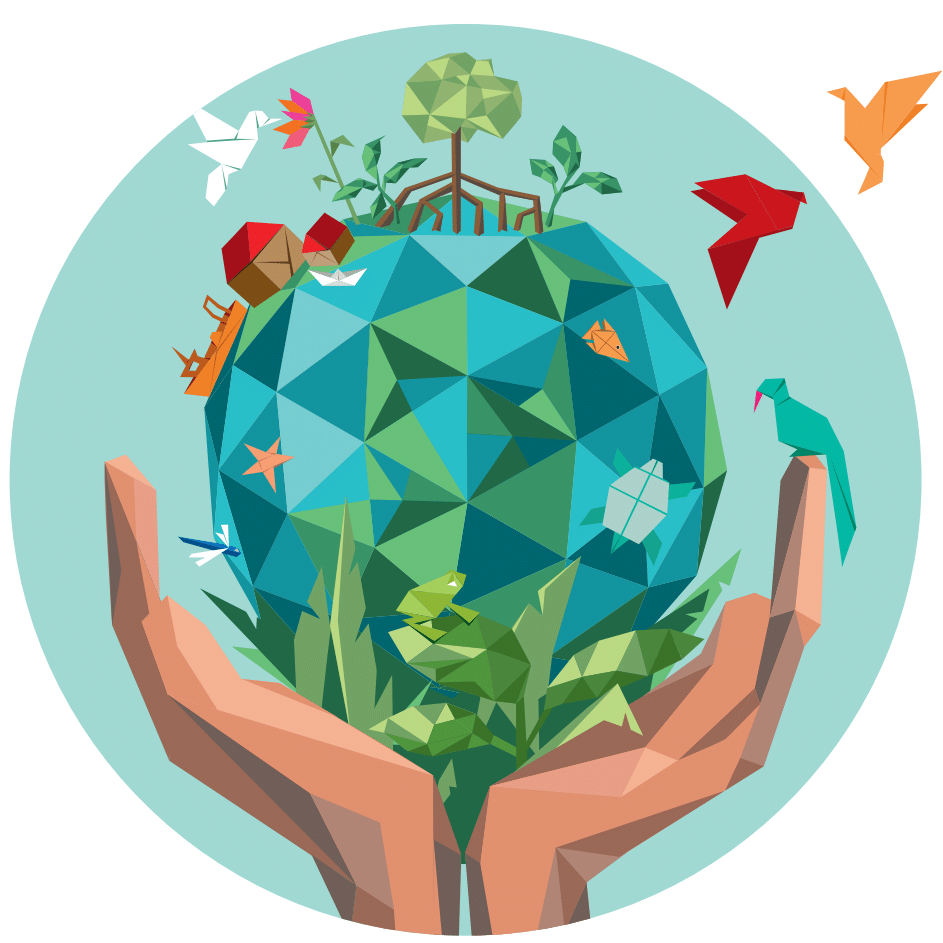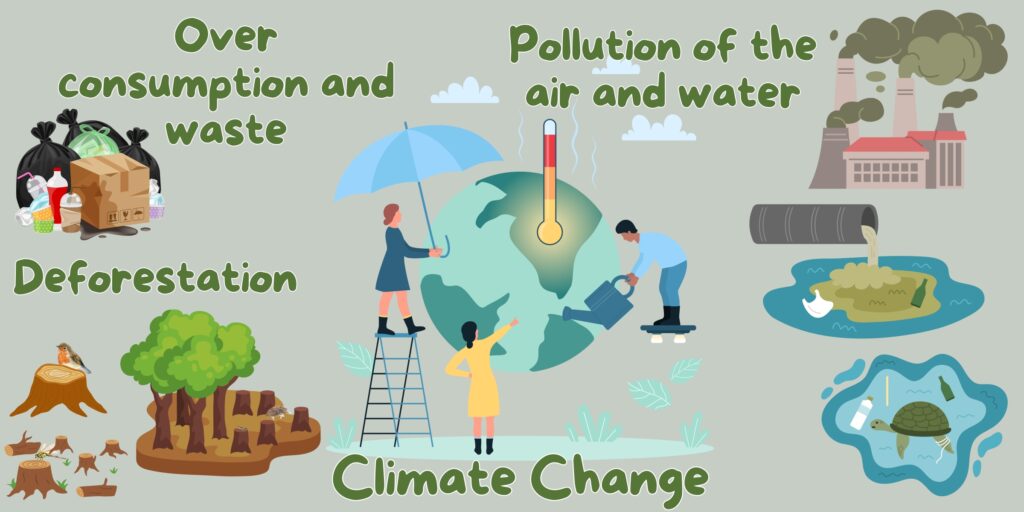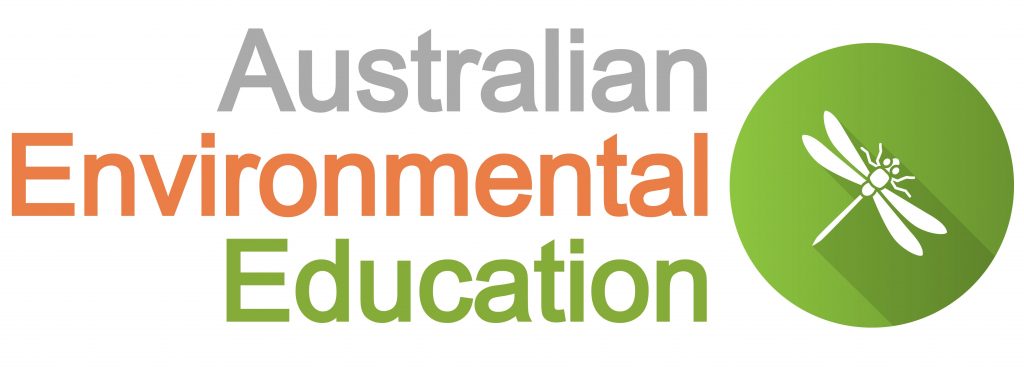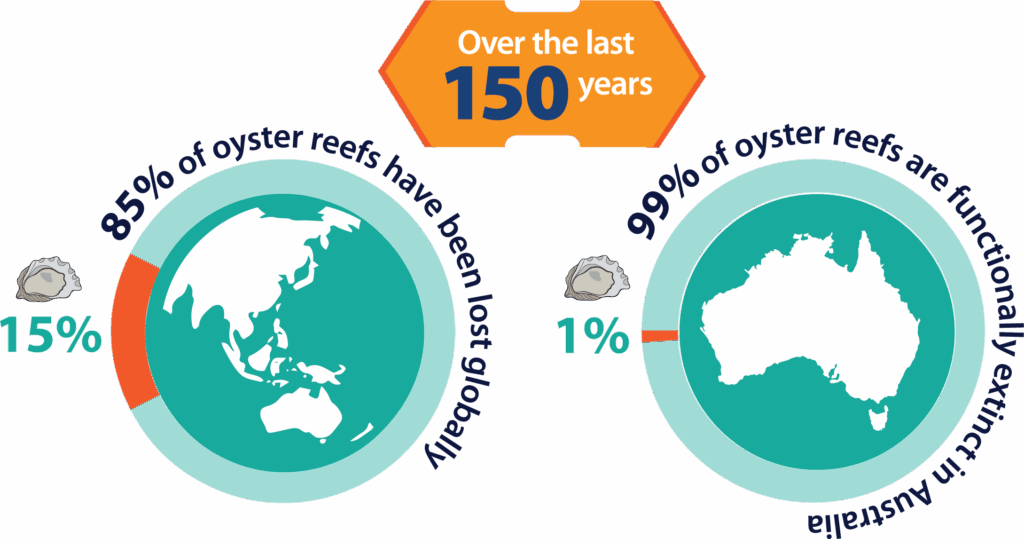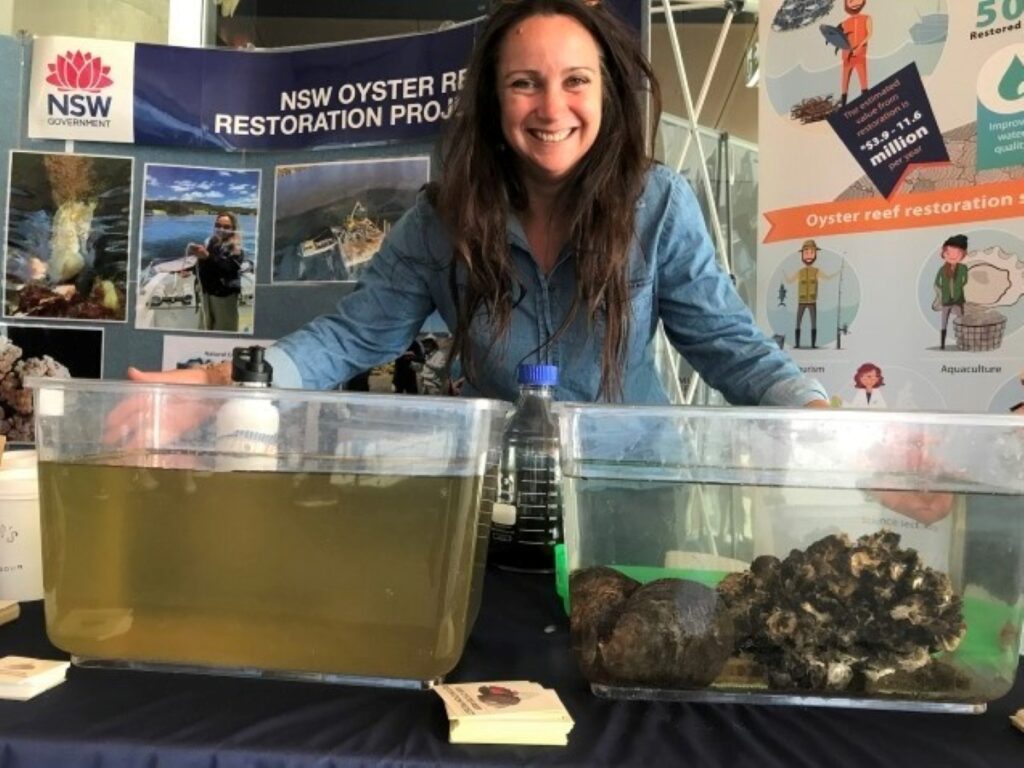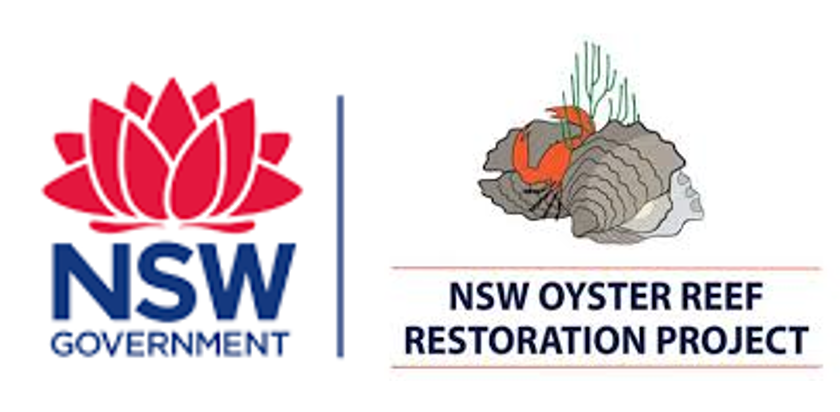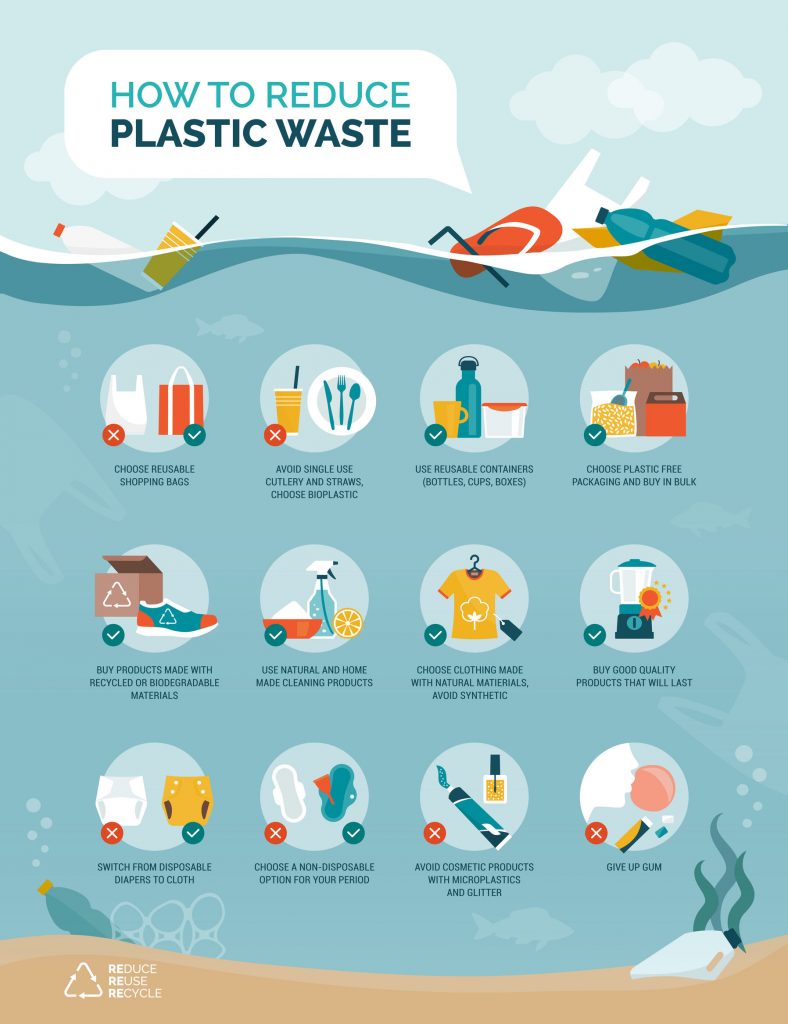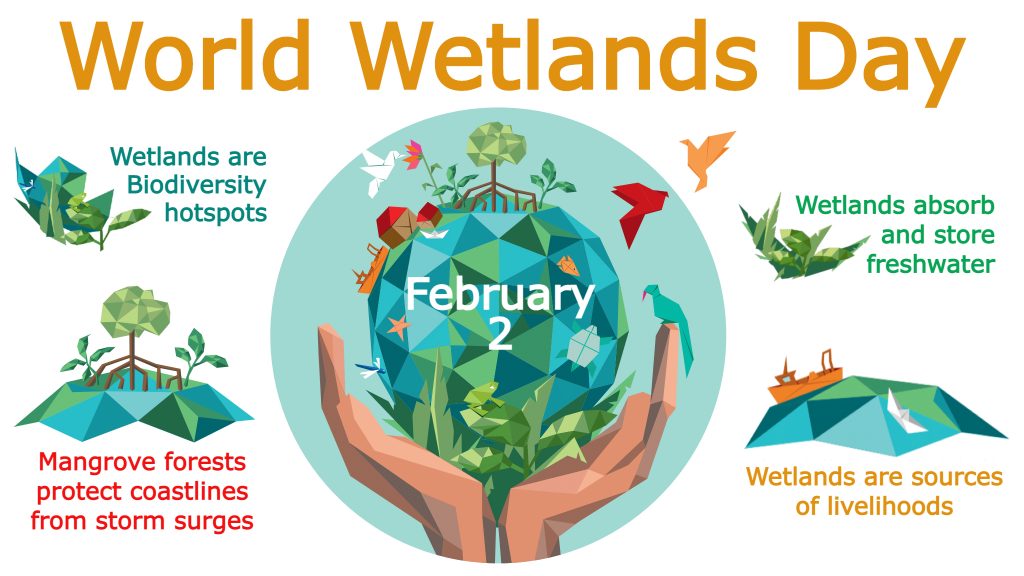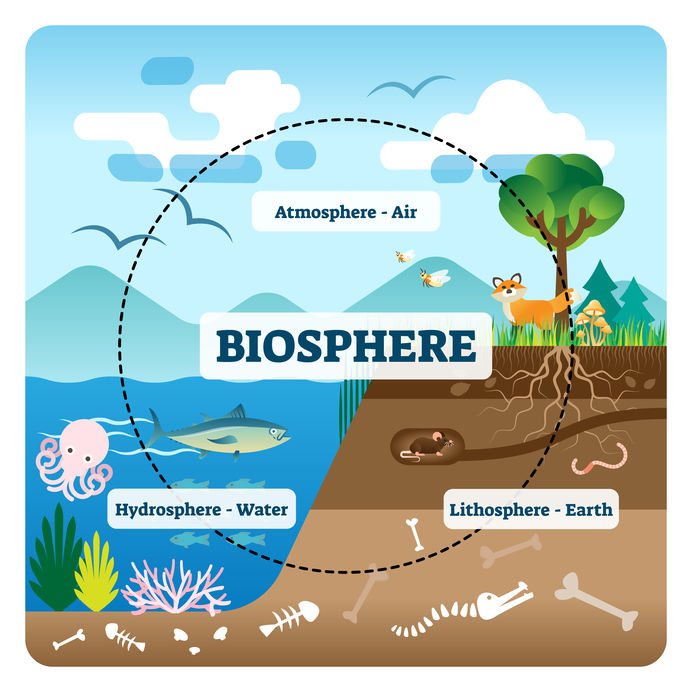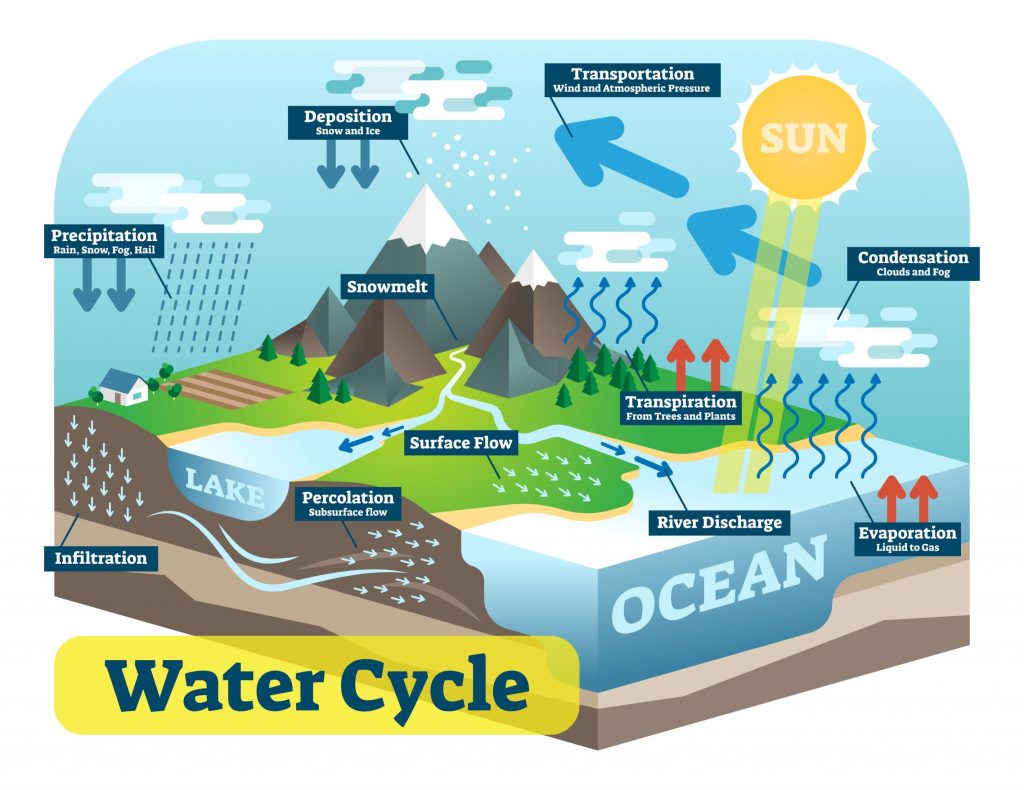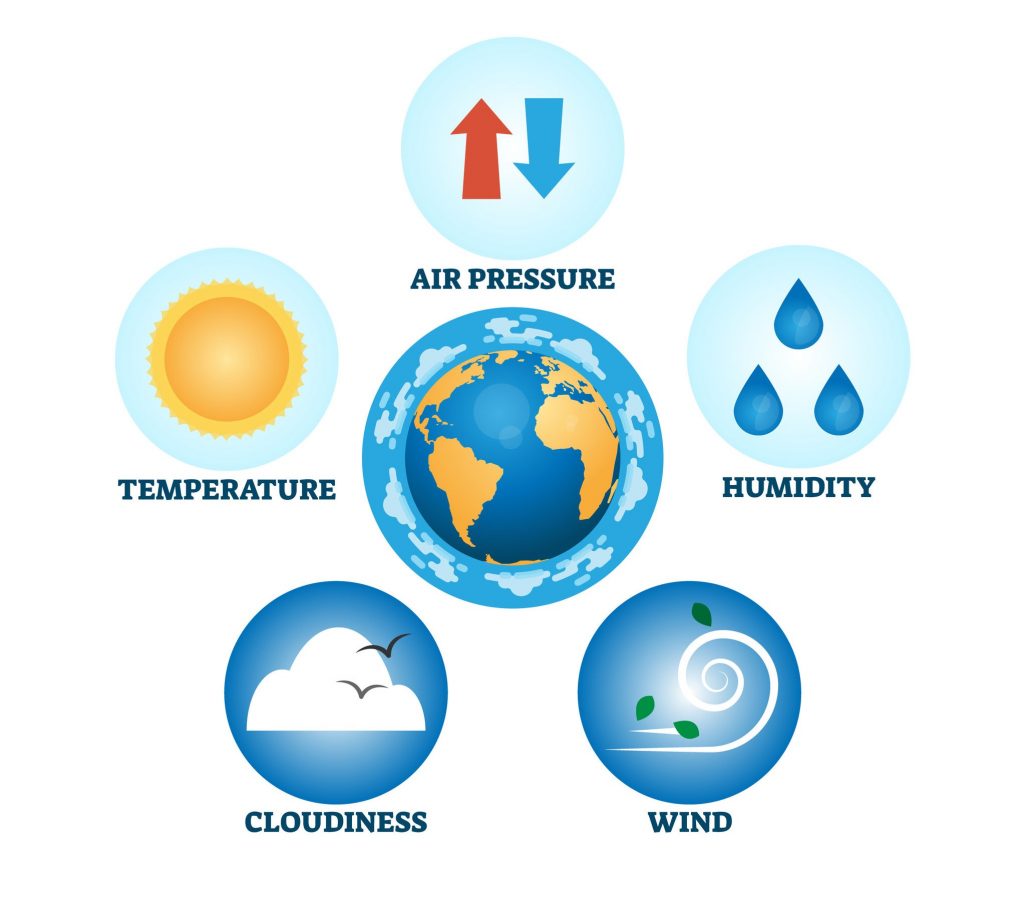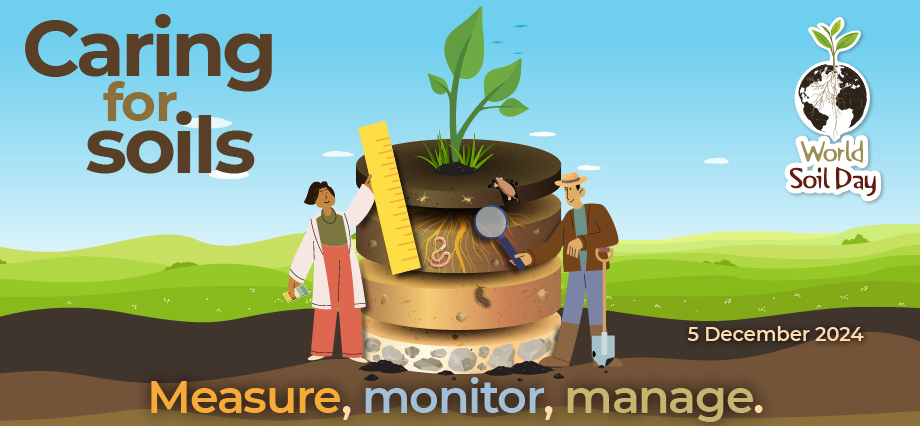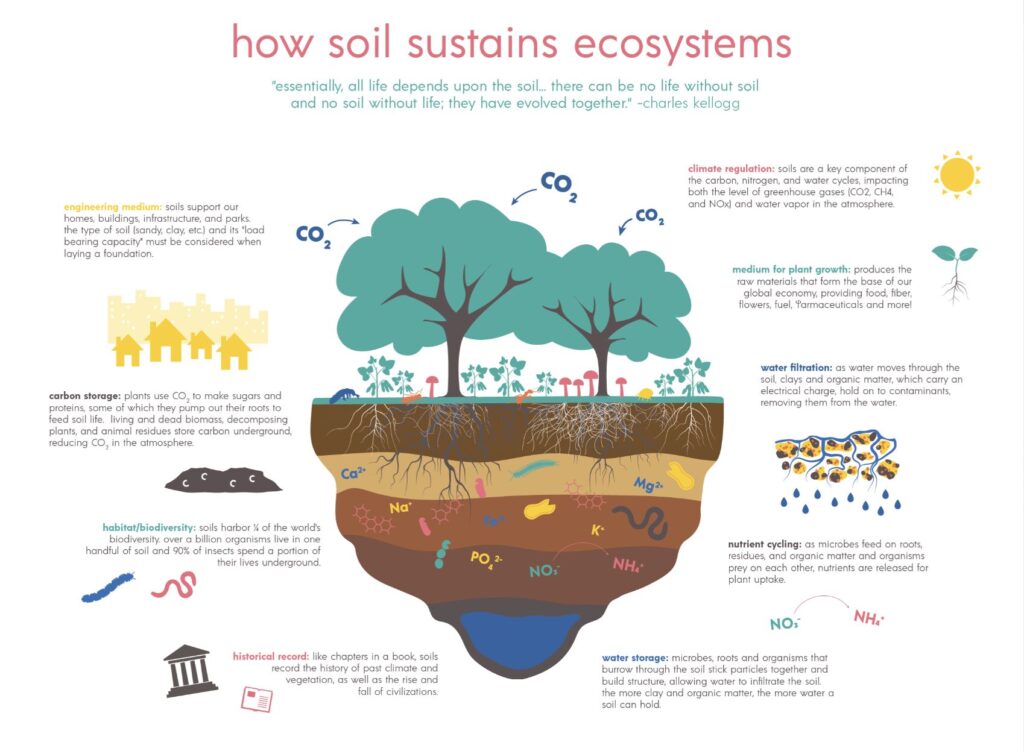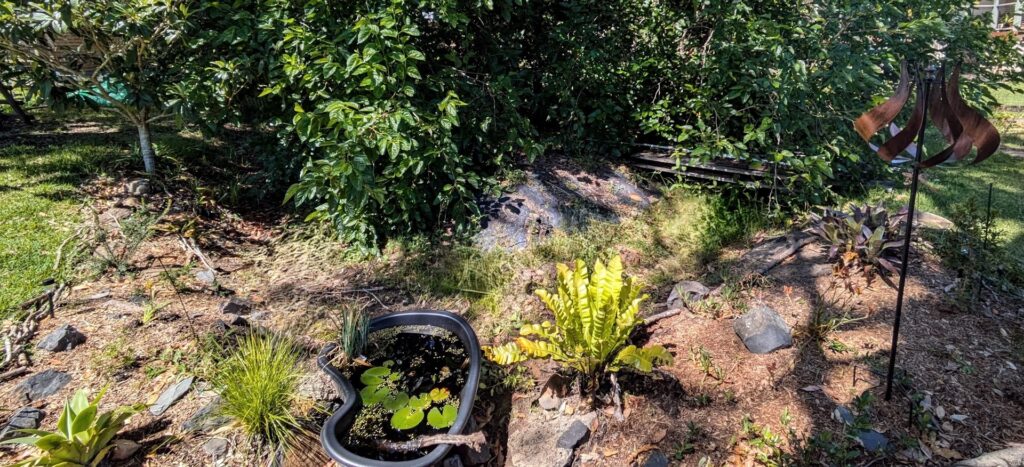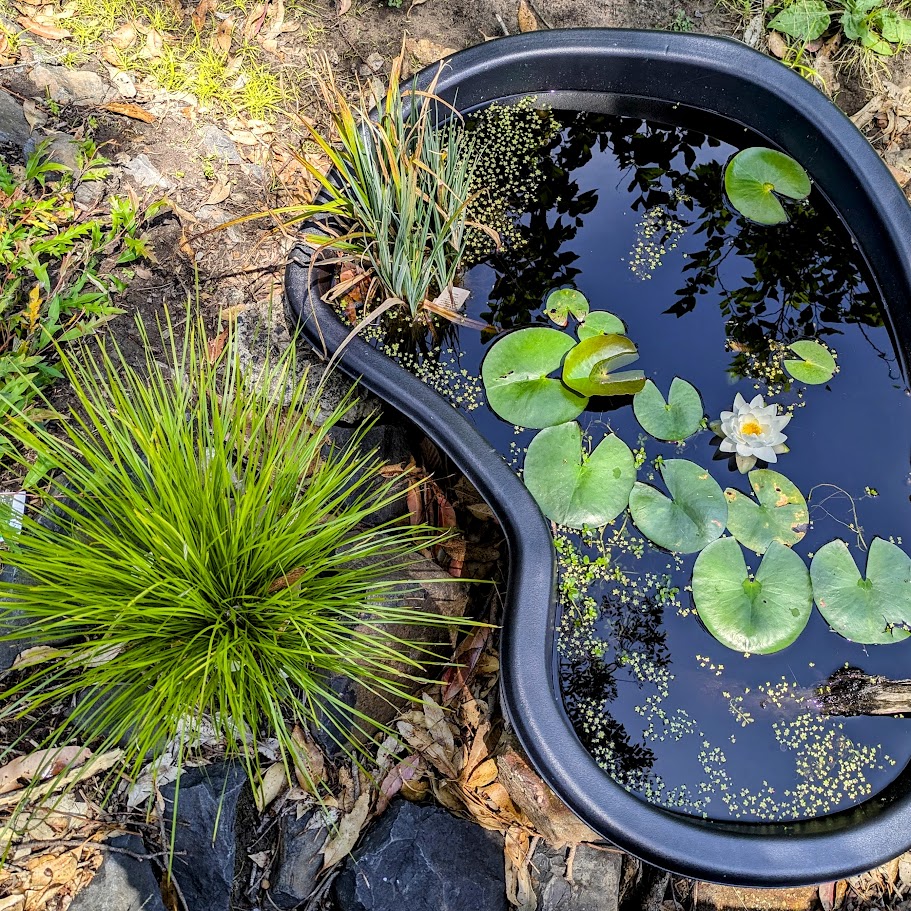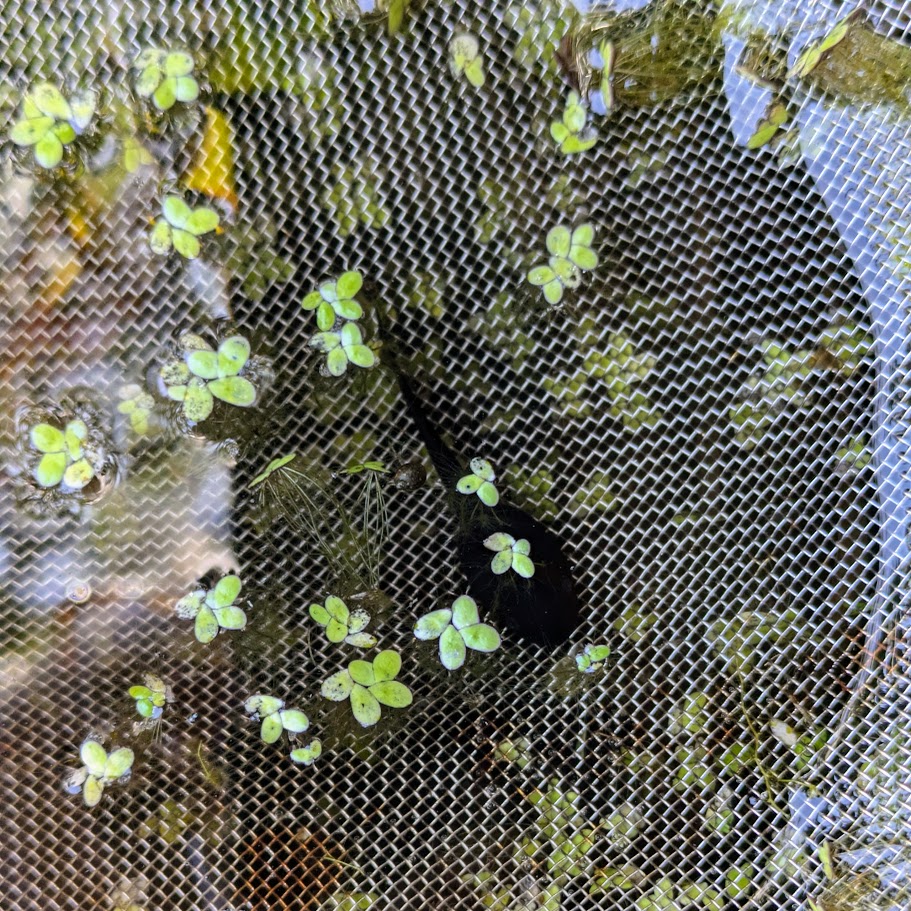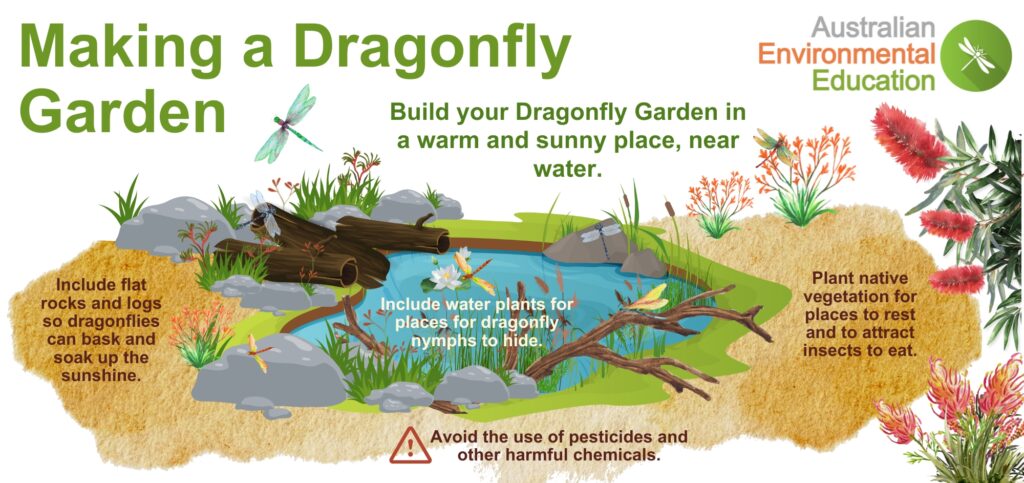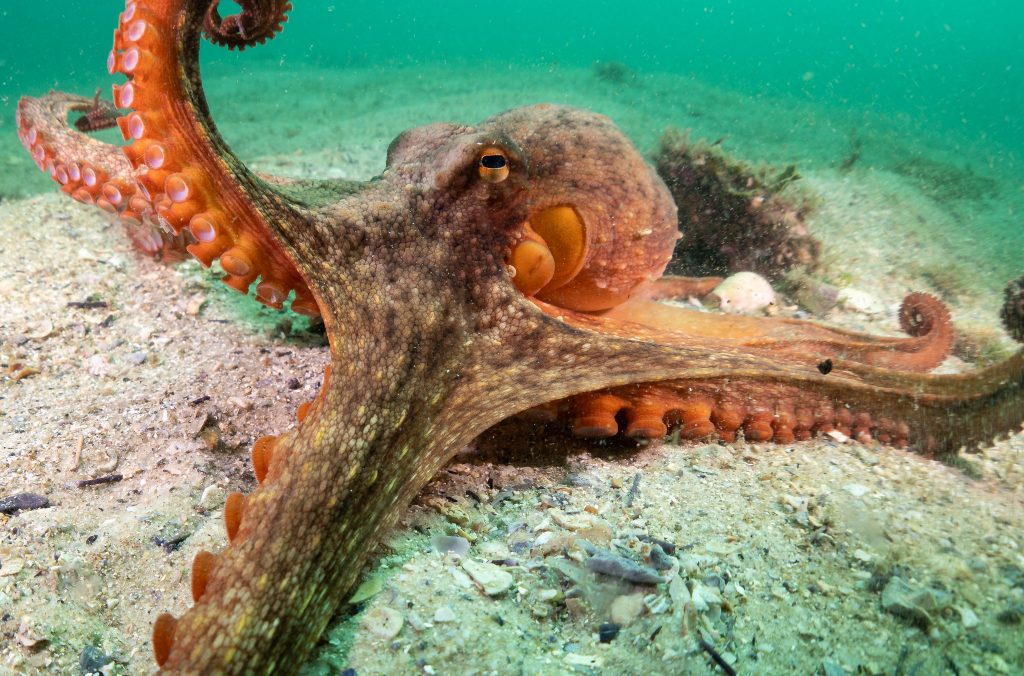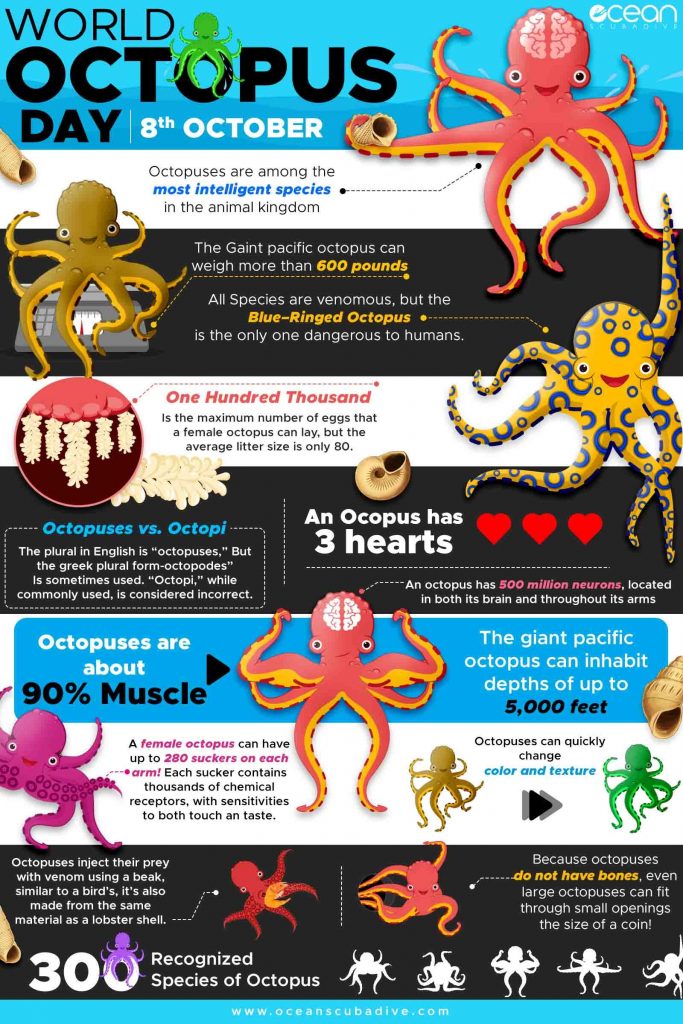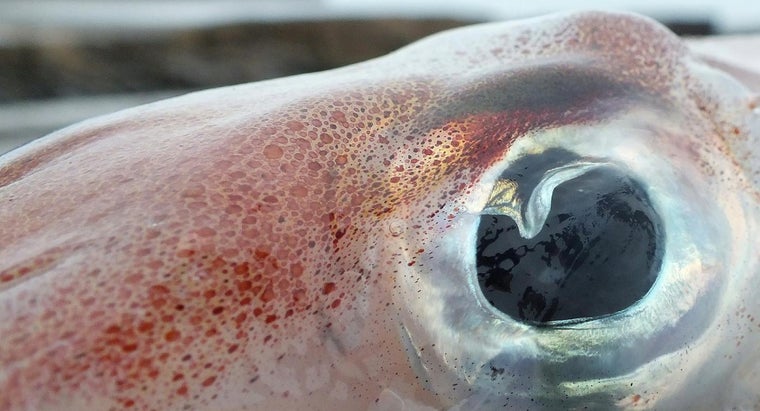This month marks a very special milestone, it’s 7 years since I started Australian Environmental Education. What started as a small idea to share my love of nature and create meaningful learning opportunities has grown into something I’m incredibly proud of.
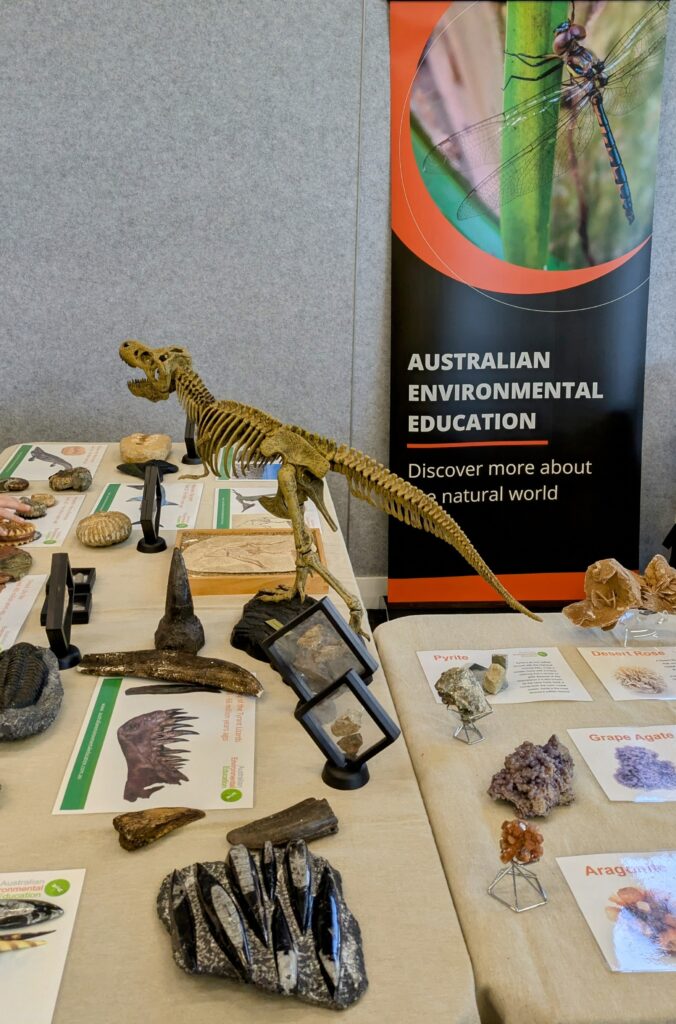
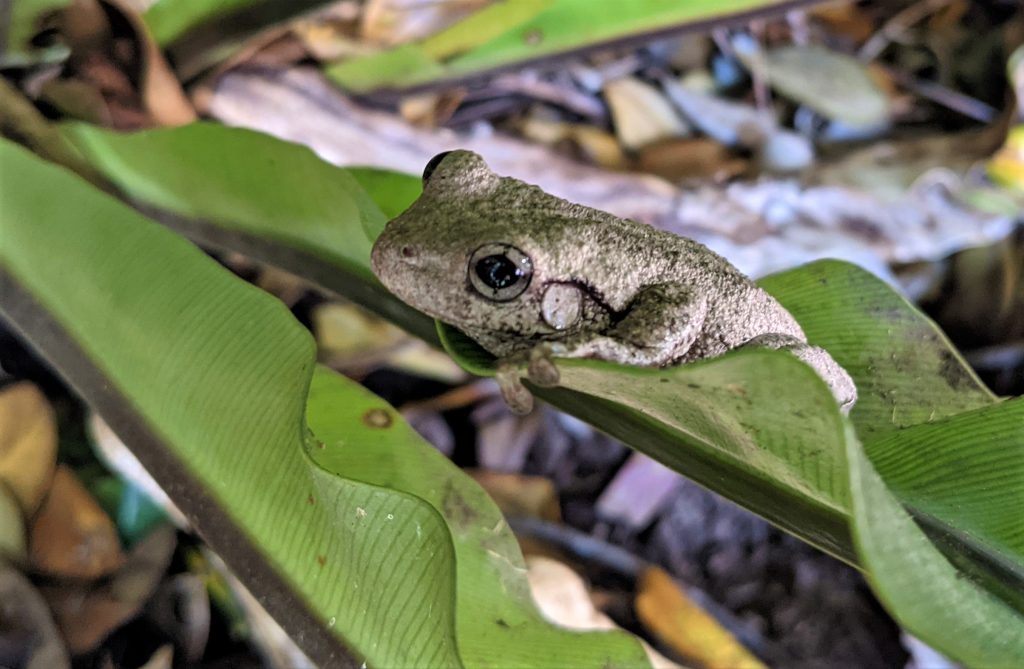

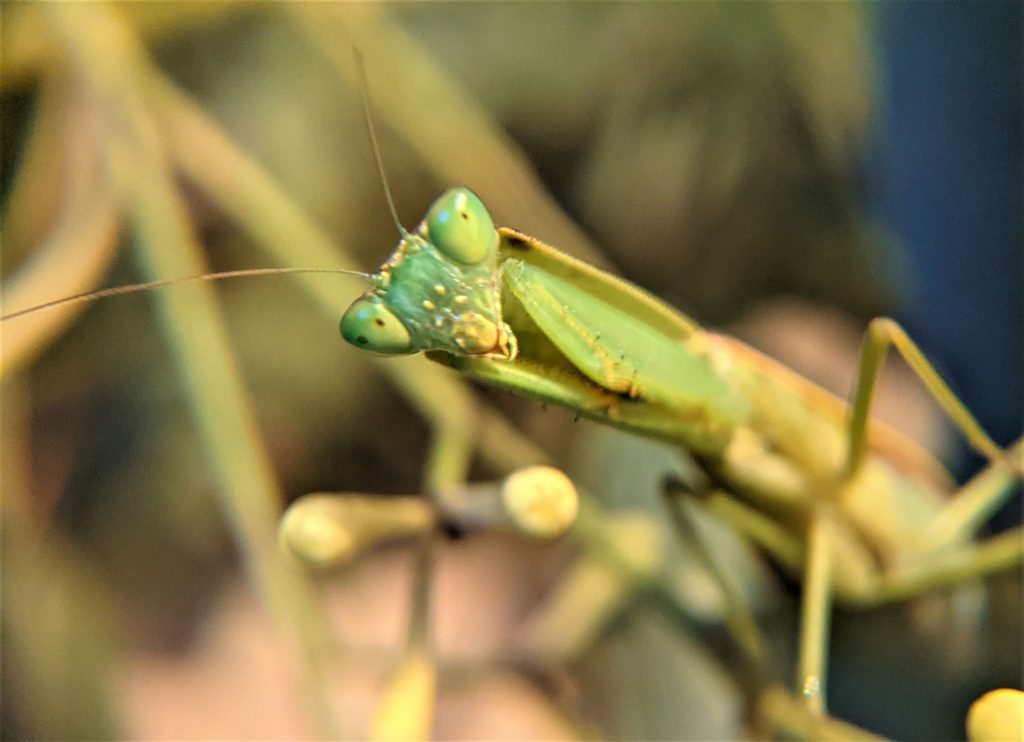
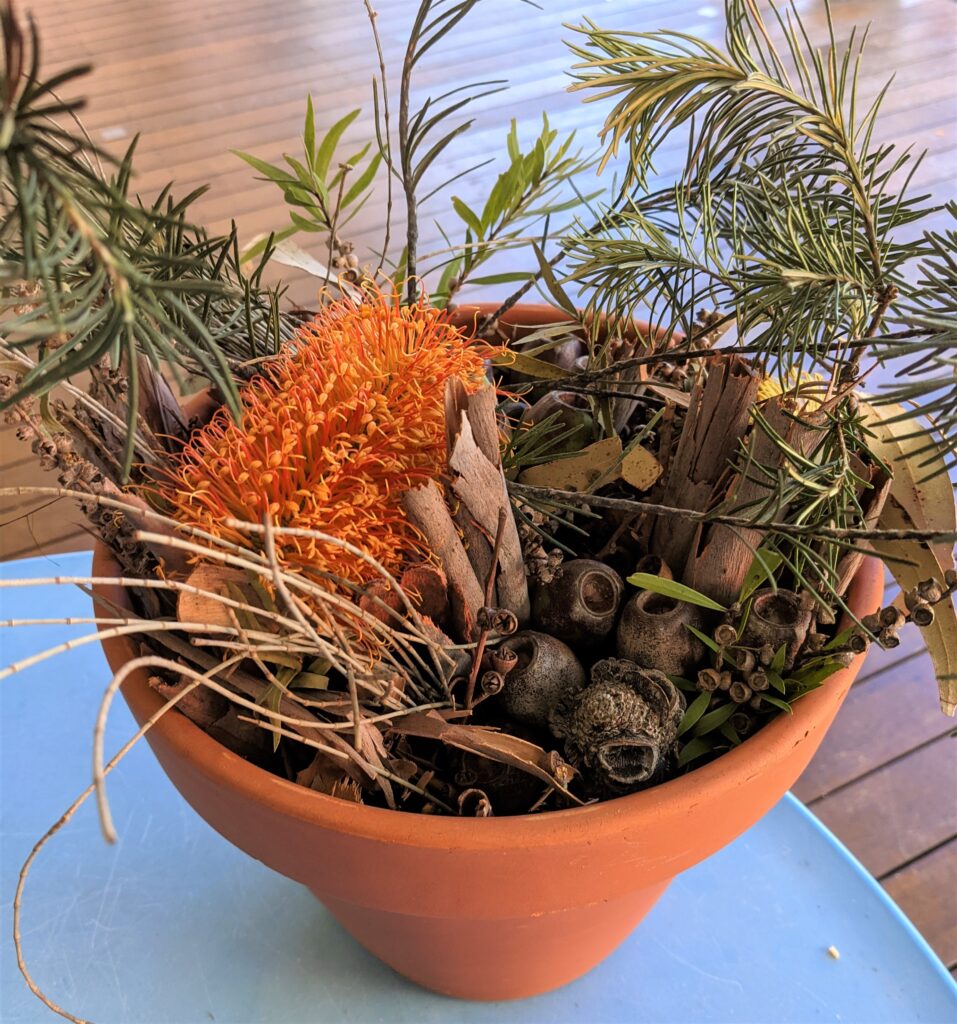
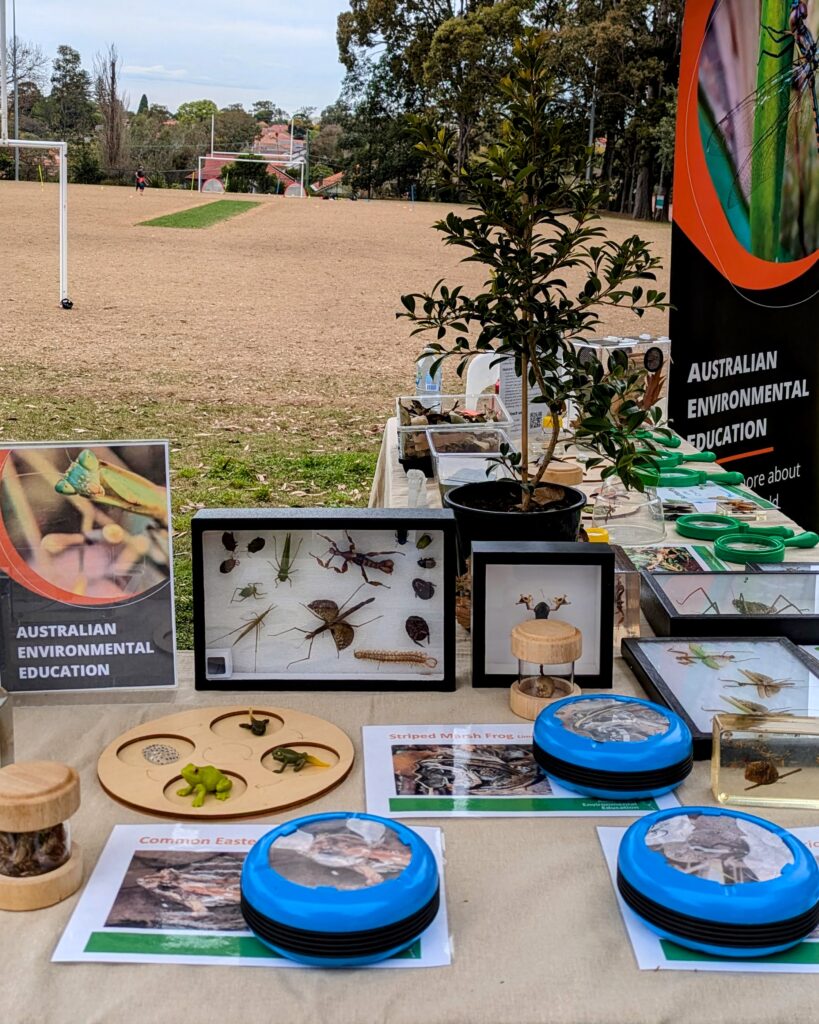
Over the past seven years, I’ve had the privilege of connecting with schools, community groups, and families all across Australia. From backyard biodiversity to coastal habitats, from frogs and insects to oysters and bees, we’ve explored the wonders of the natural world together. Each program, excursion, and resource has been driven by a simple goal: to inspire curiosity, connection, and care for our environment.
Some highlights along the way have included:
- Bringing virtual excursions to classrooms across the country, making environmental learning accessible no matter where students live.
- Developing hands-on programs like Fabulous Frogs and Noises in the Night, encouraging everyone to look closely at the wildlife around them.
- Sharing stories about our incredible ecosystems through blogs, talks, and workshops that invite everyone to see themselves as part of nature.
- Partnering with amazing organisations and communities who share a passion for protecting and restoring our environment.
I’m also grateful for the growing community of teachers, students, parents, and citizen scientists who engage with Australian Environmental Education. Your enthusiasm and curiosity remind me why this work matters. Every conversation, every question from a curious mind, and every shared success story fuels the next step forward.
As I celebrate this 7 year milestone, I’m excited about what’s to come. There are so many more stories to tell, habitats to explore, and opportunities to empower the next generation of environmental stewards.
Thank you for being part of this journey. Whether you’ve joined a program, read a blog, or shared a passion for nature, you’ve helped make Australian Environmental Education what it is today. Here’s to the next seven years of learning, discovery, and connection with the amazing natural world around us.
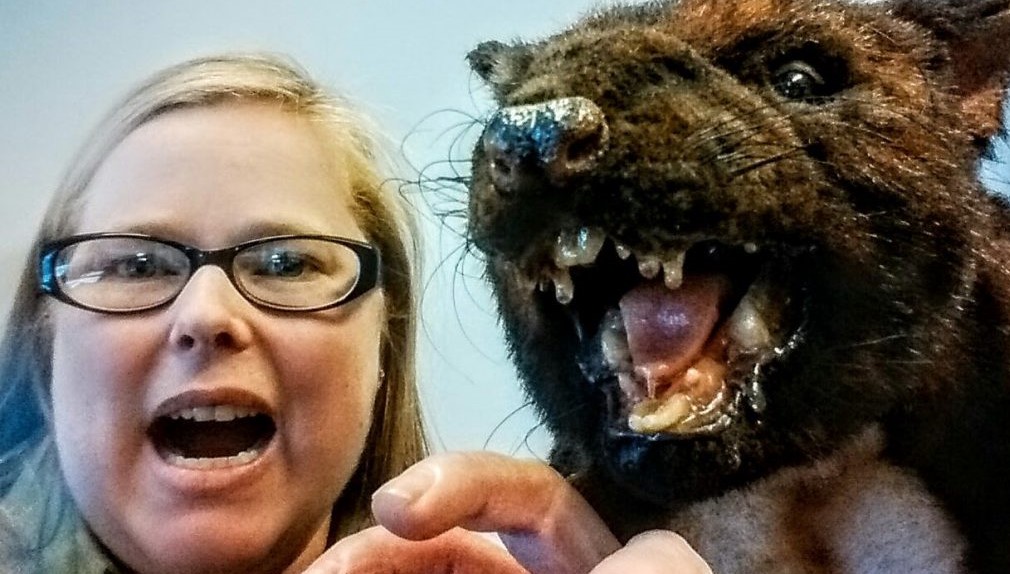
— Karen Player
Founder, Australian Environmental Education

